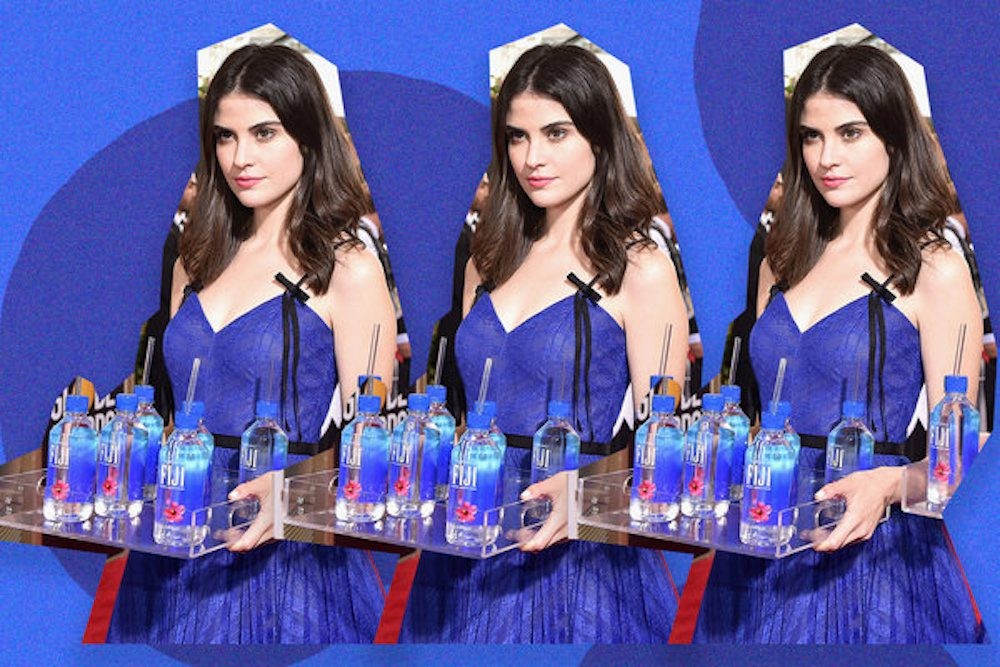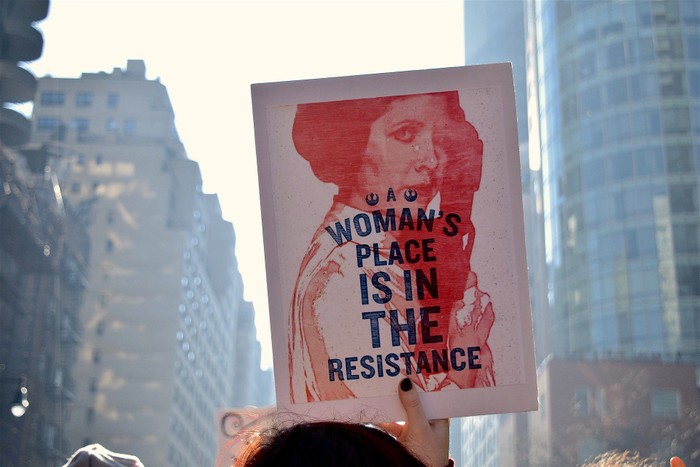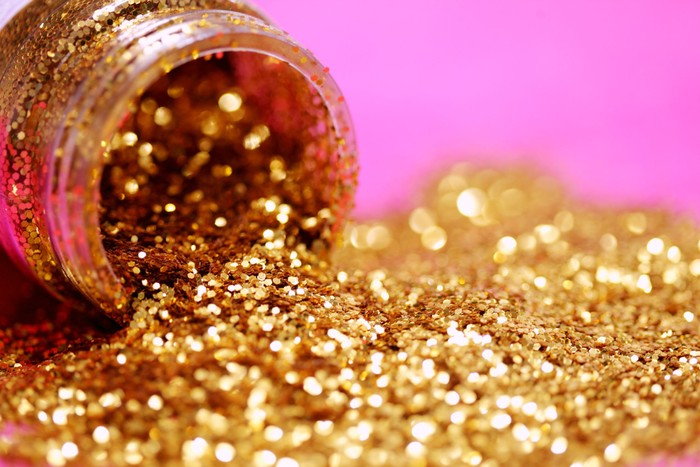Content
You Can Teach an Old PR Method New Tricks: Bringing Back Stunts for Online Media Coverage & Brand Awareness

While more PR teams and agencies are turning to digital mediums and going offline, many traditional PR methods, like PR stunts, are adapting themselves to the digital world and streaming in millions of online media coverage.
A study by We Are Social and Hootsuite shows the importance of adapting to the online world. 2018 saw a rise in the number of internet users to 4.021 billion, an increase of up 7% year-on-year, as well as an increase in social media users to 3.196 billion, up 13% year-on-year.
With more people logging onto the internet and creating social accounts, the more companies and brands are going to need to build an online persona to draw in customers and ultimately build some sort of ‘online trust’.
Online trust would work in the same token as normal everyday relationships – trust is built through reviews, word of mouth etc. and therefore, in the digital world, if someone can’t find your social media accounts, any media coverage or relate to your brand – they’re not interested.
But this is where some brands have thought outside the box.
Giving The Traditional PR Stunt A New Look
According to the MacMillian Dictionary, the definition a PR stunt or exercise is:
“an event or action whose aim is to get members of the public to have a good opinion about a person, organization or product”.
In light of this definition, brands and agencies alike are creating PR stunts that would not only relate to their audiences but also taking the growing sensation of social media and utilising it to enhance their online trust and brand awareness.
With the simple use of a hashtag, central location or incorporating an istagrammable feature, PR stunts can relate to today’s modern, digital era and once trending, can grab the attention of many top-tier international and national publications.
Some of the most prominent PR stunts have encouraged the use of social media and digital content to create waves of interest and further their brand awareness.
While making sure that your brand image correlates with the PR stunt in some way, it doesn’t necessarily need to be as simple as that. A recent example is the FIJI Water stunt at the 2019 Golden Globes.
Now not many people would link up a international award ceremony and a bottled water company together, but without drawing too much attention to the stunt, a model carrying a tray of FIJI water bottles, intended for the guests, strategically placed herself behind many famous faces as they posed for the paparazzi. Sneaking into shots with many celebs, the stunt gained social media momentum as well as utilised the most influential social media mediums of the 21st century – memes.
Moving from the social media trending circuit, the stunt managed to spread amongst some of the biggest publications, from international titles like CNN, Time and People, to local top tiers like Metro and DailyMail – making the brand a household name over night.
While floods of coverage poured in covering the stunt itself, the brand took to its social media pages to continue riding the wave of their stunt’s success with many following memes, posts and links that would ideally draw in the public and extend the campaign throughout the awards season.
Another example of a more ‘subtly’ marketed PR stunt was the larger than life statue of Jeff Goldblum, in front of Tower Bridge, to mark the 25th anniversary of Jurassic Park’s debut in the UK. NowTV was responsible for creating the statue weighing 331 pounds, was over 9.8 feet high, and nearly 23 feet long.
Regardless of the stunt only being located in London for a short period of time, the statue was featured in various local and international publications – from the BBC, USA Today and Vice to name just a few. It not only become a social media hotspot for quirky instagram captions and tweets but also gained the attention of the star himself – which of course created more buzz.
Jeff Goldblum had a perfect response to the giant Jeff Goldblum statue that appeared in London. pic.twitter.com/JsqcIxFonU
— HuffPost (@HuffPost) September 4, 2018
Utilising Their Best Assets: Social Media
Social media and digital content can also be the the medium used for PR stunts, instead of just being an element to its success.
In December 2018, Snapchat created a custom AR filter for users around Big Ben, which is currently under refurbishment. Allowing users to continue to enjoy the tourist attraction during one of the most busiest times in London, created not only a nostalgic feeling for people but also allowed visitors to use the program to avoid missing out on the experience.
Daily – thousands of tourists are disappointed not to get a snap of Big Ben – as the monument remains under scaffolding for restoration.
— Famous Campaigns (@famouscampaigns) December 23, 2018
However Snapchat have brought Big Ben back to life for Christmas via some AR lens magic. pic.twitter.com/66AOgLf0ny
The story grabbed headlines in many major lifestyle and new publications from DailyMail to Bustle, as well as created a buzz amongst tech journalists, like VR Scout, who were interested by the company’s innovative holiday idea.
Another example was a campaign from Audi Sweden who challenged the public to capture Instagram photos in remote locations, after realizing that people tend to take photos from the same locations, with most of the popular spots surrounded around large towns, cities and tourist attractions. The research also revealed that most of Sweden’s wilderness remained unseen or at least not instagrammed by users.
By using Instagram’s geo-tagging and photo sharing algorithms, and accompanied by a short video, Audi was able to automatically pin users’ instagram pictures on a map when they were uploaded with the #CatchtheUnseen.
How to Work the PR Stunt
Large-scale, prominent PR stunts won’t always just generate positive media coverage. Yes, the FIJI water girl was an overnight internet sensation, but she and the brand also caused a backlash from high-profile celebrities, who claimed that they were made to seem like they were endorsing Fiji against their will or knowledge.
When creating a PR stunt in the digital age, you have to be prepared for the bad with the good. Everyone now can have a voice on Twitter, Linkedin and Facebook – and you need them to be talking, whatever they’re saying about it, for a truly successful PR stunt.
Another challenge is maintaining the high. This image shows the search trends for ‘fiji water’ over 2018 – with the spike coinciding with the Golden Globes on the 7th January 2019. However, as the projected line shows, is that it for Fiji’s PR coverage?
The only way to make a PR stunt deliver long-term value for your brand is to ensure that it encapsulates these aspects:
- The stunt is highly relevant to your brand
- The stunt creates a story independent of your brand, but is still linked to your brand
- The stunt is followed up with related stories and PR activity to maintain the success
For instance, the model with the tray of refreshments at the Golden Globes – the ‘fiji water girl’ – has now got a role in CBS soap opera ‘The Bold and the Beautiful’. Constantly referred to by her fame for the Fiji stunt, the brand has created a media moment that will continue through her new-found success.
While the digital era is rapidly overshadowing traditional PR methods, it’s never too late to try and adapt these for growing platforms, like social media.
These few examples are a clear indication that brands and companies should incorporate social media angles into their PR stunts, strategies and exercises to ensure continuous coverage, brand awareness and even potentially successful SEO results as added bonus!
Share









